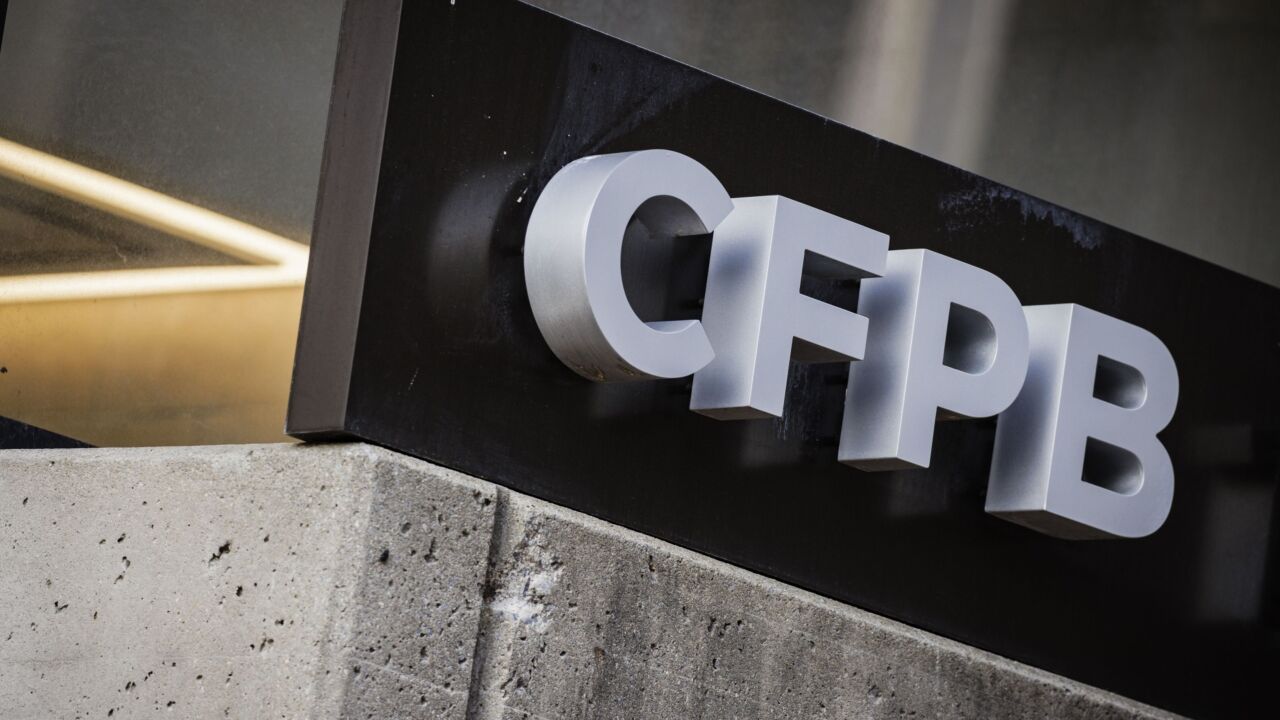Amazon is revamping its cobranded rewards card, adding a higher tier of rewards for people who pay a $99 annual fee — as
The strategy is at odds with that of most credit card issuers, which market the perks of using their credit cards and use the lavishness to justify an annual fee. In Amazon's example, the company has sold its customers on paying the fee for a growing range of services including expedited shipping, video streaming and early access to deals; the credit card would just be one more benefit for a cost consumers already pay.
The Amazon-branded Visa card, issued by JPMorgan Chase, has no annual fee but its rewards are less generous for non-Prime subscribers, who get a mere 3% back for money spent on Amazon compared to Prime members' 5% reward.
The reward structure allows Amazon to offer a premium reward card while bundling the premium fee as part of a service that the majority of its customers already purchase. It also makes Amazon's credit card more enticing at a time when the e-commerce giant is experimenting with new services that could ramp up its customers' spending.

“By upping the benefits with this new Visa card, Amazon is giving its best customers another reason to sign up for Prime, which benefits Amazon all around,” said Brian Riley, a director at Mercator Advisory Group.
Giving credit card customers 5% back at Amazon isn’t entirely new; with the existing Chase Freedom cash-back card, which offers rewards that vary over the course of the year, Amazon is one of the merchant categories eligible for 5% cash back during some promotional period, Riley noted.
Making that reward tier available year-round will effectively lock customers into both renewing their Prime membership and steering more spending to Amazon's cobrand card, Riley said.
“For most customers who use Amazon, the break-even point for earning back the cost of the $99 a year Prime fee is $2,000 a year, and heavy Amazon users would blow through that barrier very fast every year,” he said.
According to Consumer Intelligence Research Partners, Amazon Prime has 65 million subscribers in the U.S. who spend, on average, $1,200 a year (double the annual spend of non-Prime customers), according to an article it authored for
If Amazon can lock in more customers to using its cobranded card, it positions the retailer well for the launch of its
And from Amazon's perspective, it would be best if
The new card builds on Amazon’s existing credit card program with Chase, and carries no annual fee. There's no cap on rewards users may earn and rewards—redeemable at Amazon.com—and rewards never expire. Cardholders also may earn 2% back on purchases at restaurants, gas stations and drugstores and 1% back everywhere else.
Chase already has strong momentum with rewards cards and some of the perks on existing cards such as the premium Chase Sapphire Reserve card recently took a bite out of
To sweeten the lure of its newest credit card, Amazon is going a step further by giving new customers who are approved for the Amazon Prime card a $70 Amazon gift card. During the recent holiday season, Amazon led all e-commerce providers, accounting for 38% of all online revenue, according to Slice Intelligence.





